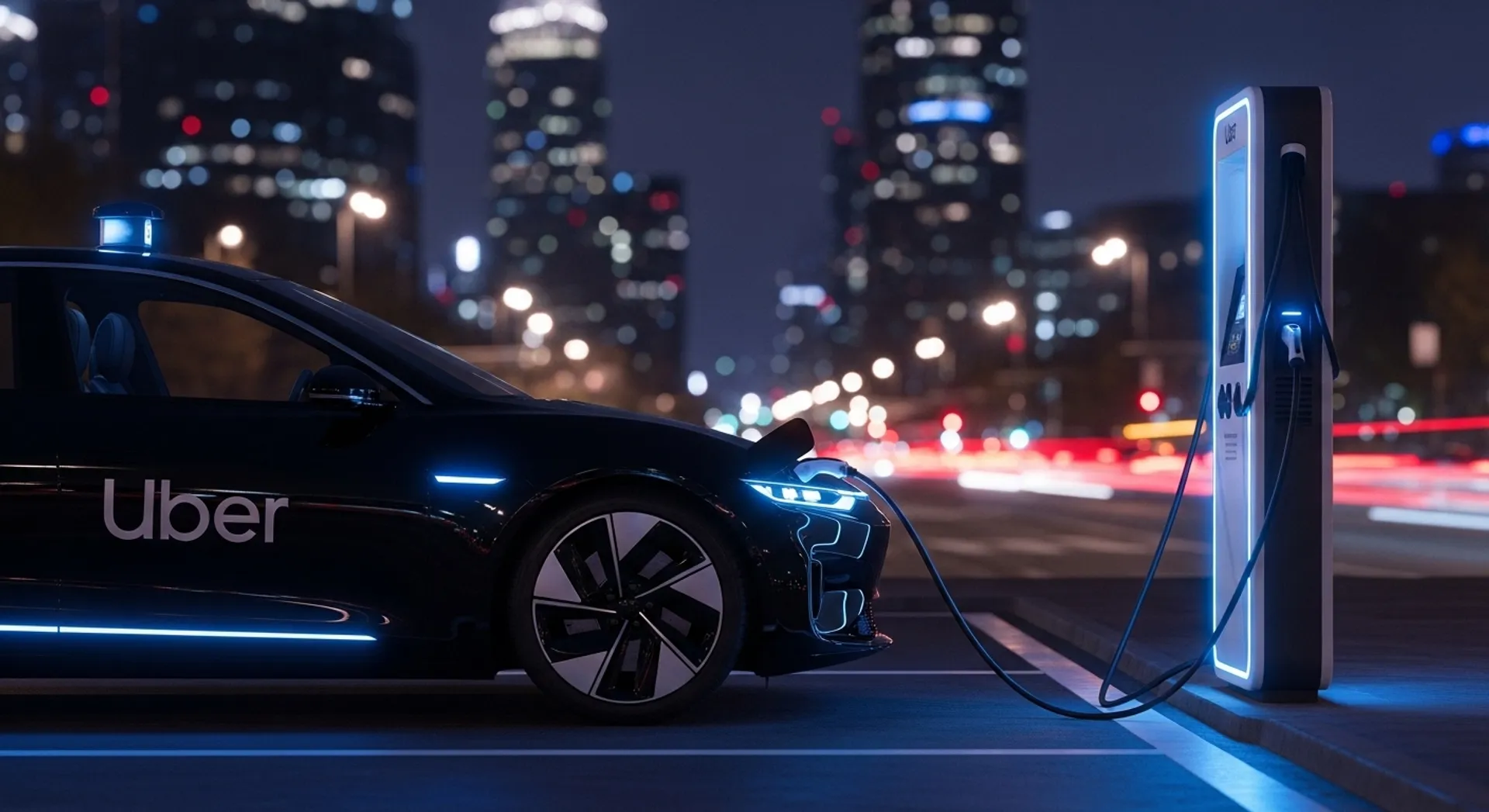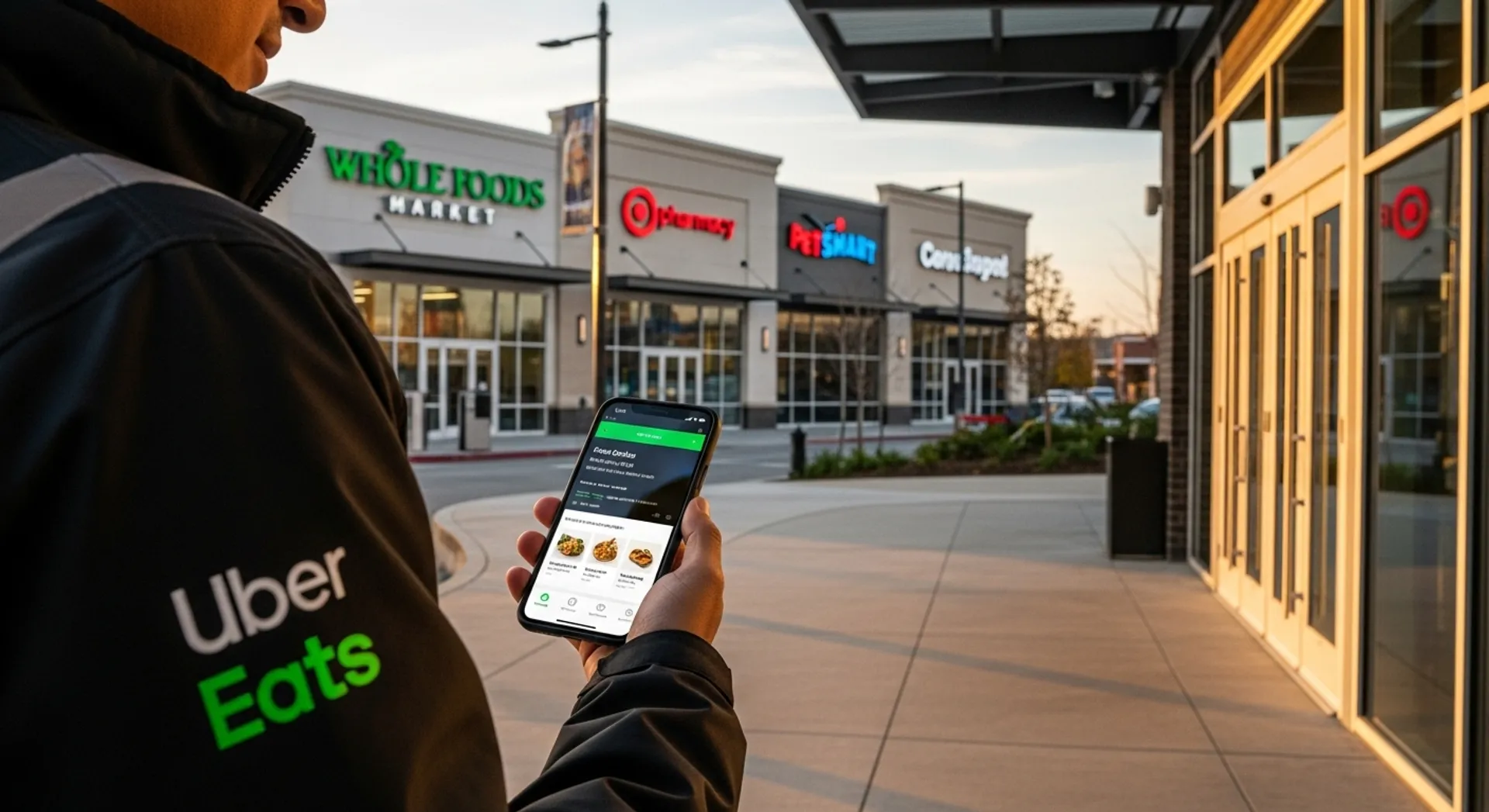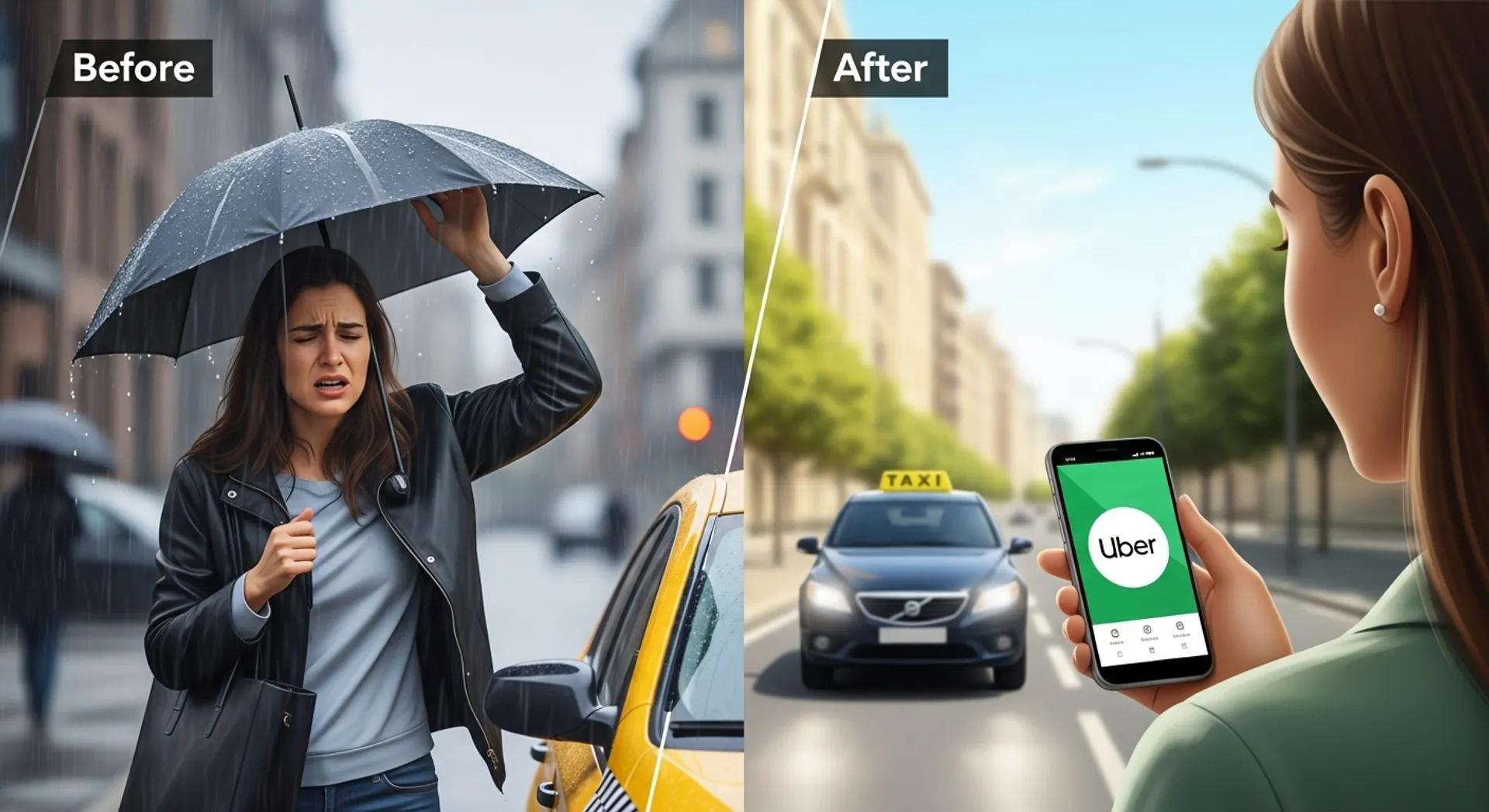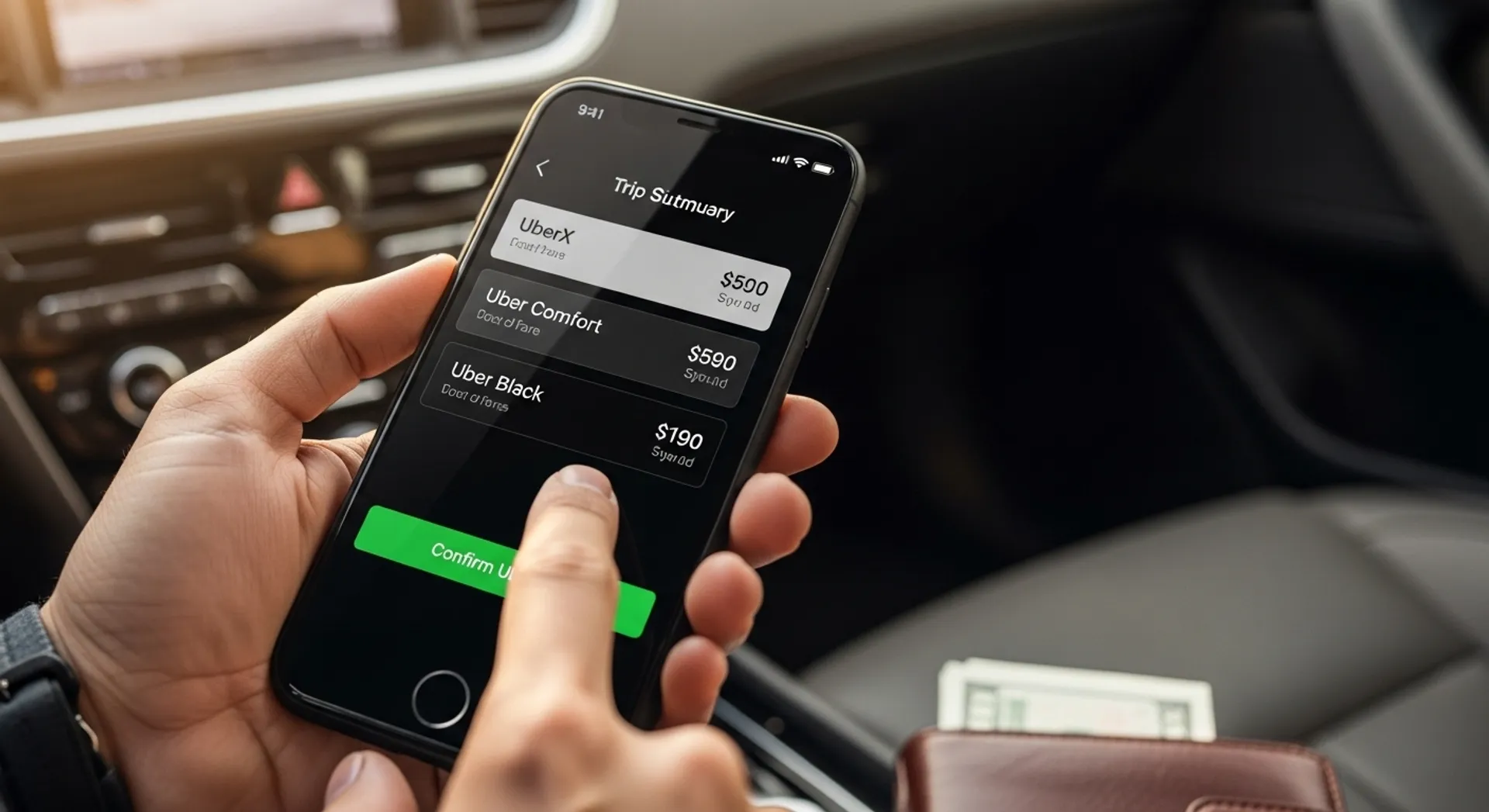The ridesharing and mobility industry continues to evolve at breakneck speed, and at the heart of this transformation lies strategic collaboration. Uber has positioned itself not just as a transportation company, but as a technology platform that thrives on partnerships and continuous innovation. From electric vehicle manufacturers to autonomous driving technology firms, Uber’s strategic alliances are reshaping how millions of people move around cities worldwide.
In 2025, the company’s partnership ecosystem has become more sophisticated than ever, encompassing everything from sustainable transportation initiatives to cutting-edge artificial intelligence applications. These collaborations aren’t just business deals — they represent a fundamental shift in how urban mobility operates and how technology can solve real-world transportation challenges.
The Electric Vehicle Revolution: Powering Tomorrow’s Rides
One of the most significant areas where Uber’s partnerships have made tangible impact is in the transition to electric vehicles. The company has forged strategic alliances with major automotive manufacturers to accelerate EV adoption among its driver network. Recent initiatives have shown that these partnerships go beyond simple vehicle procurement — they’re comprehensive programs that include charging infrastructure, financial incentives, and driver education.
General Motors, Tesla, and several European automakers have partnered with Uber to provide preferential pricing and leasing options for drivers looking to transition to electric vehicles. These agreements often include access to exclusive charging networks, reduced maintenance costs, and enhanced earning opportunities through Uber Green. The data shows that drivers operating EVs through these partnership programs report 30-40% lower operating costs compared to traditional internal combustion engine vehicles.
Beyond individual partnerships, Uber has collaborated with energy companies and charging network providers like ChargePoint and Electrify America to ensure drivers have reliable access to charging infrastructure. This multi-stakeholder approach addresses one of the primary barriers to EV adoption — range anxiety and charging availability.
Autonomous Vehicle Development: The Long-Term Vision
While fully autonomous ridesharing might still be years away from mainstream adoption, Uber’s partnerships in this space are laying crucial groundwork. After divesting its internal autonomous vehicle unit, Uber has pivoted to a partnership-first strategy, collaborating with established self-driving technology companies rather than developing proprietary solutions.
Partnerships with companies like Aurora Innovation, Motional, and Waymo represent Uber’s pragmatic approach to autonomous technology. These collaborations allow Uber to integrate self-driving vehicles into its platform when the technology reaches commercial viability, without bearing the enormous research and development costs independently. The model is simple but effective: Uber provides the platform, market access, and operational expertise, while partners handle the complex engineering challenges of autonomous driving.
Safety and Regulatory Collaboration
Perhaps even more important than the technology itself are Uber’s partnerships with regulatory bodies and safety organizations. The National Highway Traffic Safety Administration and similar international agencies have worked closely with Uber to establish safety standards and testing protocols for autonomous vehicles on rideshare platforms.
These regulatory partnerships ensure that when autonomous vehicles do arrive on Uber’s platform at scale, they’ll meet rigorous safety standards and have proper oversight frameworks in place. The collaborative approach also helps shape policy in ways that balance innovation with public safety concerns.
Delivery and Logistics: Expanding Beyond Transportation
Uber’s transformation into a multi-service platform has been powered significantly by strategic partnerships in the delivery sector. Uber Eats has evolved from a simple food delivery service into a comprehensive logistics platform, thanks to collaborations with restaurants, grocery chains, and retail partners.
Major grocery retailers including Walmart, Costco, and regional chains have integrated with Uber’s delivery infrastructure, allowing the company to tap into the rapidly growing quick commerce market. These partnerships leverage Uber’s existing driver network and sophisticated routing algorithms to provide rapid delivery services that compete with specialized delivery companies.
Restaurant Technology Integration
On the restaurant side, Uber has partnered with point-of-sale system providers and kitchen management software companies to create seamless order integration. These technical partnerships reduce friction in the ordering process, minimize errors, and help restaurants manage the complexity of serving both dine-in customers and delivery orders simultaneously.
Cloud kitchen partnerships represent another innovative collaboration model. By partnering with companies operating delivery-only kitchen facilities, Uber has helped restaurants expand their delivery footprint without the capital investment of opening new physical locations. This symbiotic relationship has created new business models and revenue streams for the food service industry.
Financial Services and Payment Innovations
The intersection of mobility and financial technology has created fascinating partnership opportunities. Uber has collaborated with financial institutions, payment processors, and fintech companies to create innovative payment solutions and financial services for both riders and drivers.
Partnerships with companies like Branch and GoHenry have enabled Uber to offer instant pay options, allowing drivers to access their earnings immediately rather than waiting for weekly payouts. These financial partnerships address a critical need in the gig economy, where workers often require quick access to their earnings.
Credit card partnerships with major issuers have created co-branded cards offering enhanced rewards for Uber services, while also providing drivers with access to business credit and financial management tools. These collaborations demonstrate how partnerships can extend platform value beyond the core service offering.
Data and Artificial Intelligence: The Intelligence Layer
Behind the scenes, some of Uber’s most impactful partnerships involve data analytics and artificial intelligence companies. These collaborations enhance everything from route optimization and demand prediction to fraud detection and customer service automation.
Partnerships with cloud computing providers like Google Cloud and Amazon Web Services enable Uber to process massive amounts of data in real-time, supporting millions of simultaneous trips across different markets. Machine learning partnerships help improve the algorithms that match riders with drivers, predict surge pricing, and optimize delivery routes.
Smart City Collaborations
Uber has increasingly partnered with municipal governments and urban planning organizations to integrate rideshare data into broader transportation planning efforts. These smart city partnerships involve sharing anonymized trip data to help cities understand traffic patterns, identify transportation gaps, and plan infrastructure investments.
Cities like Los Angeles, Singapore, and London have worked with Uber on initiatives ranging from first-mile-last-mile connectivity with public transit to congestion management programs. These partnerships reflect a maturing relationship between rideshare companies and urban planners, moving from adversarial to collaborative.
Sustainability Initiatives: Green Partnerships for a Cleaner Future
Environmental sustainability has become a central theme in Uber’s partnership strategy. Beyond electric vehicle collaborations, the company has partnered with environmental organizations, carbon offset providers, and clean energy companies to reduce its overall environmental impact.
The partnership with Carbonfund.org and similar organizations allows riders to offset the carbon emissions from their trips. Meanwhile, collaborations with renewable energy providers ensure that the electricity powering Uber’s electric fleet comes increasingly from clean sources.
Uber has also joined industry coalitions focused on sustainable transportation, partnering with competitors and stakeholders to advocate for policies supporting clean mobility. These partnerships recognize that some challenges — like climate change — require industry-wide collaboration rather than competitive advantage-seeking.
Healthcare and Medical Transportation
An often-overlooked but rapidly growing area of partnership is healthcare. Uber Health has partnered with hospitals, insurance companies, and healthcare providers to offer non-emergency medical transportation. These collaborations address the significant challenge of transportation barriers to healthcare access.
Partnerships with major health insurance providers allow patients to book rides to medical appointments through their insurance coverage. Healthcare systems use Uber’s platform to ensure patients can reliably attend appointments, reducing missed appointments and improving health outcomes. The Centers for Disease Control and Prevention has recognized transportation as a social determinant of health, making these partnerships particularly impactful.
The Future of Collaborative Innovation
Looking ahead, Uber’s partnership strategy appears focused on creating an integrated mobility ecosystem rather than a standalone service. Future collaborations will likely involve urban air mobility partners as flying taxis move closer to reality, expanded public transit integration, and deeper connections with the broader sharing economy.
The lesson from Uber’s partnership evolution is clear: in the platform economy, competitive advantage comes not from controlling every aspect of the value chain but from orchestrating a network of specialized partners. Each collaboration brings specific expertise, resources, or market access that would be prohibitively expensive or time-consuming to develop independently.
For drivers, riders, and delivery customers, these partnerships translate into better service, more options, and innovative features that wouldn’t exist in a closed ecosystem. The rideshare industry’s future will be shaped not by individual companies working in isolation, but by collaborative networks that combine the best capabilities from multiple organizations.
As Uber continues to evolve from a pure ridesharing company into a comprehensive mobility and delivery platform, strategic partnerships remain the engine driving innovation. From electric vehicles reducing environmental impact to artificial intelligence improving service quality, these collaborations demonstrate that the future of transportation is not just about technology — it’s about bringing together diverse expertise to solve complex challenges in ways no single company could achieve alone.








